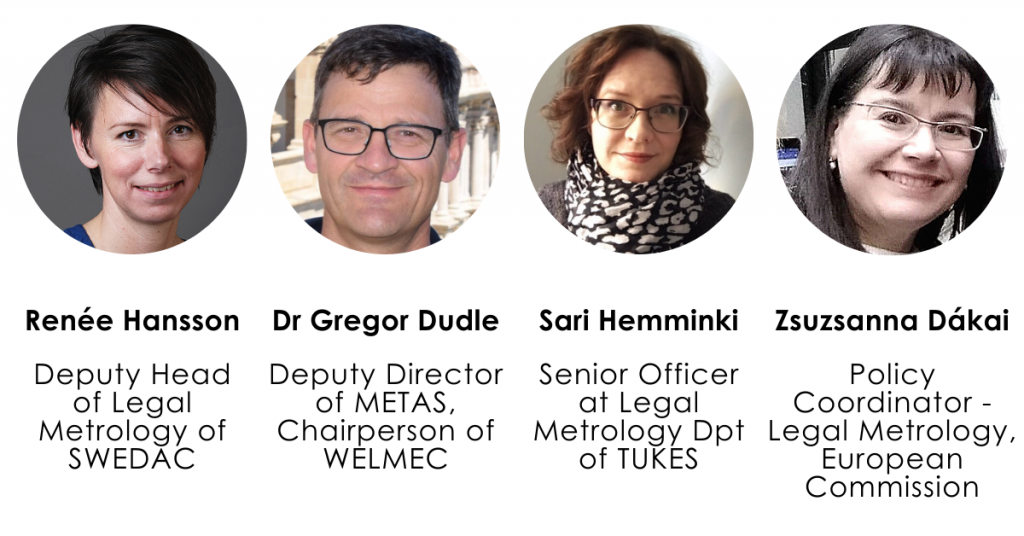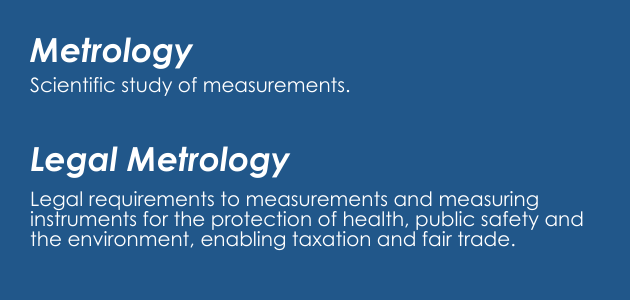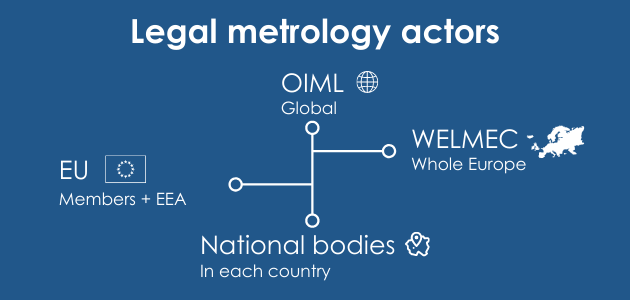Most people expect measurements to be exact and the same, no matter where we travel or do business in. However, harmonizing legal requirements and measuring instruments is still something, we need dedicated professionals, international organisations and authorities to guard.
This is the first introductory article of a series of articles, discussing legal metrology organisations, experts and legislation in global, European and Nordic context from a viewpoint of a company such as Ontec.

Legal metrology – an ancient science
Senior Officer Sari Hemminki from Finnish legal metrology authority Tukes says “The very first laws concerning businesses demanded merchants to use correct weights. These laws were written thousands of years ago. To use incorrect weights was defined as illegal and was indeed a punishable offence. This was the earliest form of legal metrology – to make sure buying and selling were conducted in a fair manner.”
Fair trade and especially consumer protection has always been an important aspect of legal metrology.“That is our key focus and basically it is our main task as the legal metrology authority in Sweden”, states Renée Hansson, the Deputy Head of Legal Metrology of Swedac, the Swedish counterpart of Tukes. “The society has to be able to trust how businesses measure things they trade in.”
One further reason we need legal metrology is fair taxation. “Collection of taxes based on measurements, such as fuel or alcohol taxes, has to be based on accurate data, collected in a similar manner”, states Dr Gregor Dudle, the Deputy Director of Switzerland’s Federal Institute of Metrology METAS. (Aptly, in its web site, METAS boasts about being the most accurate place in Switzerland.)
Legal metrology is also important in the European Union. “No market can function without correct measuring and common units of measurement. Metrology is a main building block of the EU single market for goods which in turn is at the heart of the European project.”, says Zsuzsanna Dákai, policy coordinator at the European Commission. “The single market enables compliant products to move freely, offering opportunities for EU businesses and providing more protection, bigger choice and lower prices for EU consumers.”

So who are the guardians?
Previously mentioned Finnish Tukes, Swiss METAS and Swedish Swedac are national authorities dealing with enforcing national laws on legal metrology and giving technical instructions and guidance on how to apply these legal requirements in practice.
However, having only national legal metrology is far from what today’s global economy needs to function effectively and safely. That is why the buzz word for the whole legal metrology community for the past decades has been harmonisation. Harmonisation is the process of creating common standards and requirements for measurements and measuring instruments internationally. Harmonisation is still needed on a regional and global level.

International Organization of Legal Metrology OIML
At the top of the legal metrology world sits OIML, established in 1955, dealing with global legal metrology issues. OIML has 61 full member countries with a right to vote and 63 corresponding members, who have a right to participate in the work of OIML but no right to vote. This means that the work of OIML covers 86% of the world’s population and 96% of its economy.
European Union
To facilitate fair trade, to protect consumers and to form a single market area, the European Union (EU) harmonised legal metrology legislation. Due to the diverging and numerous rules already existing in the Member States, this was not easy to achieve. Today, however, the EU has one set of requirements that products have to meet in order to be placed on the market in the EU and the European Economic Area. These rules are formulated in Directives – legal acts of the European Union which are transposed into national legislations. The two most important directives in the field of legal metrology are the Measuring Instruments Directive – MID (2014/32/EU) and the Non-Automatic Weighing Instruments Directive – NAWI (2014/31/EU).
WELMEC – European cooperation in legal metrology
Members of WELMEC are European national authorities responsible for legal metrology in their own country. According to Dr Gregor Dudle, the Chairperson of WELMEC, there are in total 31 members and 8 associate members in WELMEC. Geographically WELMEC covers practically the whole of Europe. WELMEC bridges technical experts from in and outside the European Union. Even if it is not an organ of the European Union, the expert work carried out in WELMEC plays an important role in the development of guidance relating to EU Directives.

In the next episode…
In the following article, we will be taking a closer look at OIML’s background, tasks and organisation in an interview with Renée Hansson, a technical committee member of OIML for Swedac.
Ontec Oy
This series of articles has been written by employees working with legal metrology in Ontec Oy, an expert organisation from Finland. We develop and manufacture control systems and software for OGC industries. Since 2004, we have been developing legal metrology related, MID certified liquid loading and measurement system – OnatexMID and OntecMilo.


